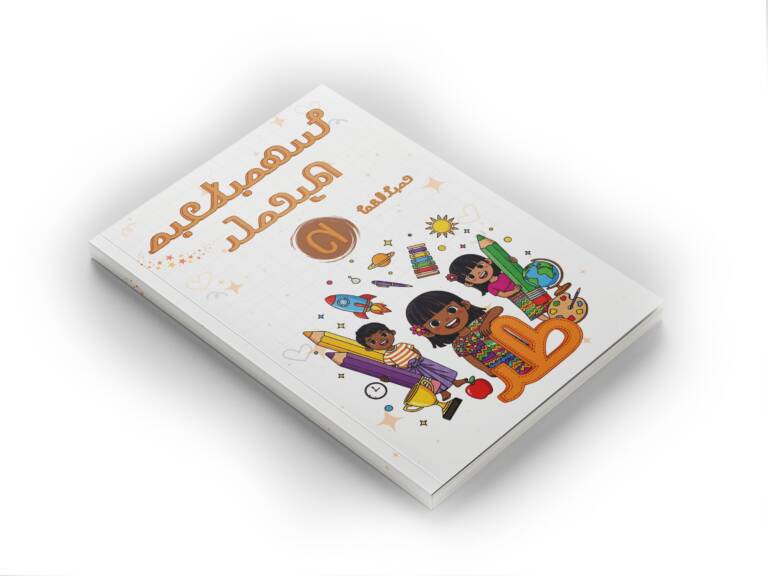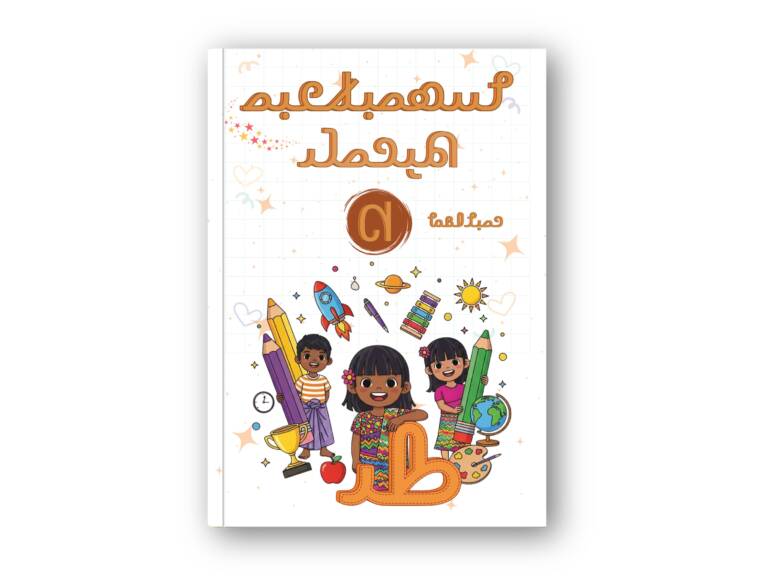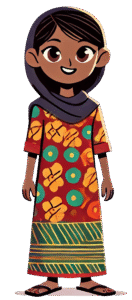
Rohingya Language Syllabus
Comprehensive curriculum from early childhood to advanced proficiency. Each level is carefully designed for Rohingya learners.
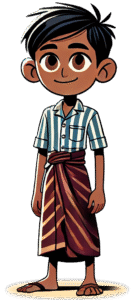
Rohingya Nesab is a comprehensive 12-book national curriculum designed for children aged 4 to 15, covering the educational journey from kindergarten to high school. It focuses on building a strong foundation in the Rohingya language and grammar while enriching students’ understanding of their identity, culture, geography, and history. The curriculum also integrates Islamic teachings and general knowledge to offer a well-rounded and holistic learning experience. With a mission to provide a culturally relevant and inclusive education, Rohingya Nesab aims to nurture academic development, critical thinking, and a deep sense of pride in Rohingya heritage. By empowering young learners with knowledge and values, the project aspires to shape future generations who can contribute positively to their communities and the broader world.
Rohingya Qaida
(Grammar Book)This book introduces the essential rules of Rohingya grammar in a simple and structured way. It helps students improve their reading, writing, and speaking skills through easy explanations, examples, and exercises. Designed to support all levels, it strengthens language accuracy and fluency while preserving the beauty of the Rohingya language.
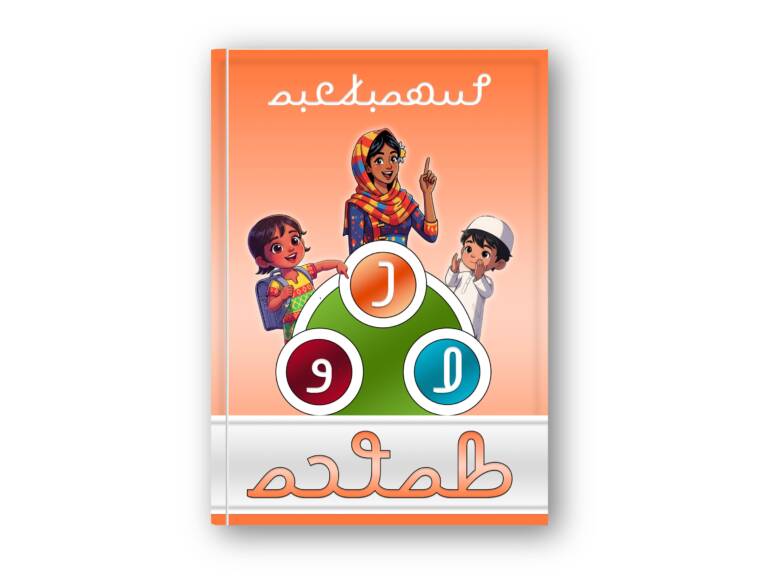
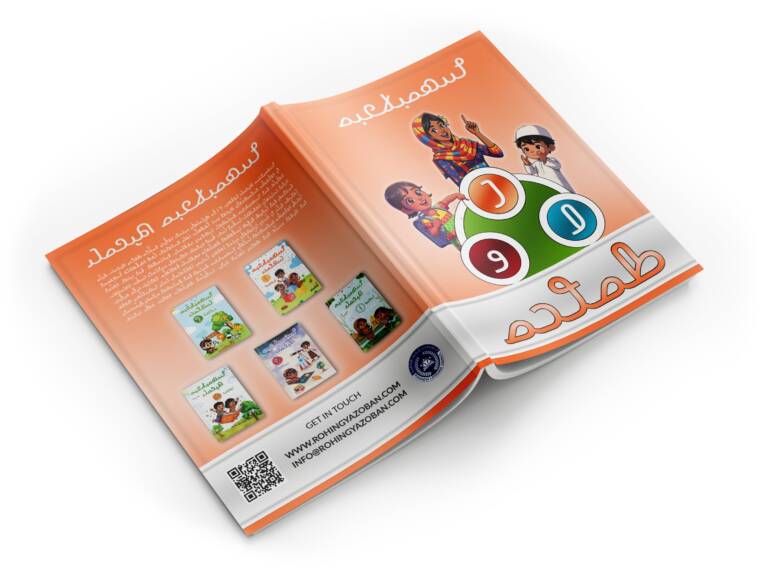

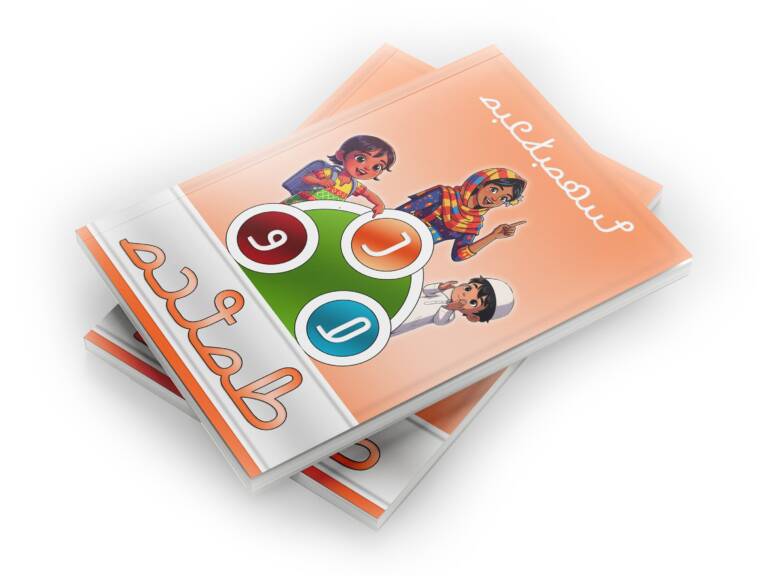
Rohingya Bunyad 1
(kindergarten 1)This foundational book introduces young learners to the basics of the Rohingya language through simple words, rhymes, and stories. It fosters early moral awareness through short lessons on kindness, sharing, and respect. Children begin to explore their identity, family, and community through pictures and interactive activities. The book also introduces basic Islamic values in a gentle, story-based manner.
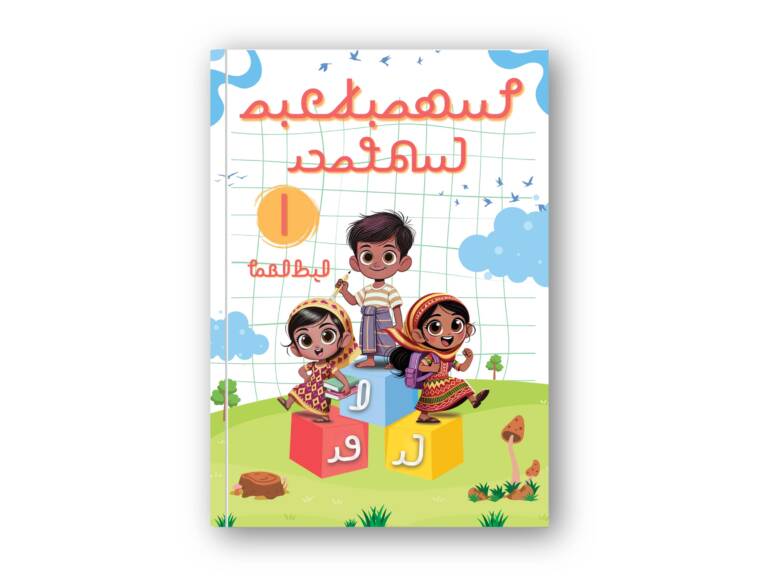
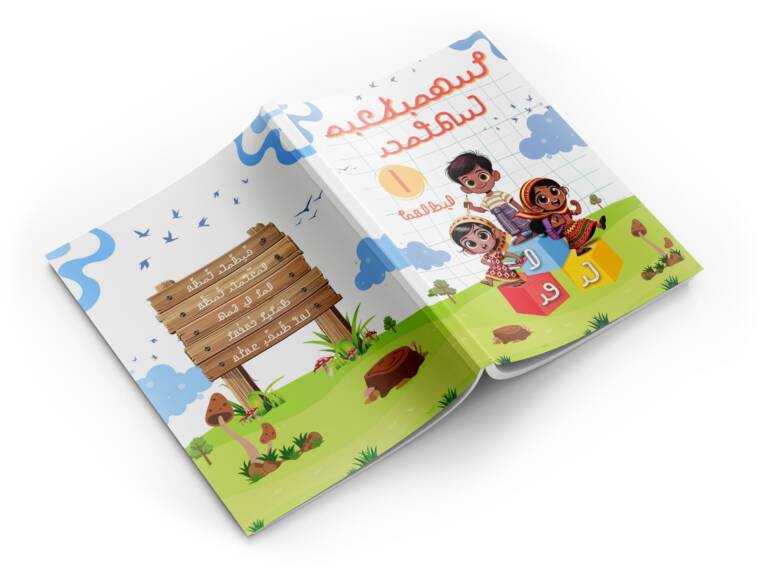
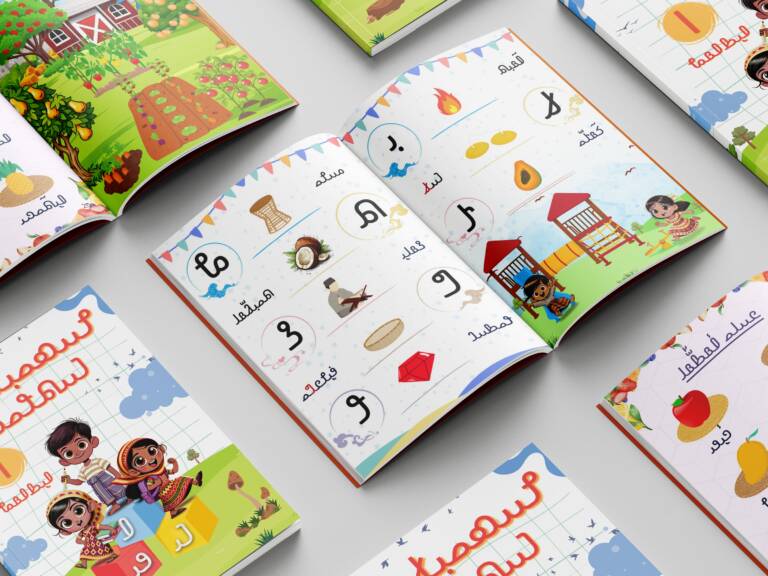
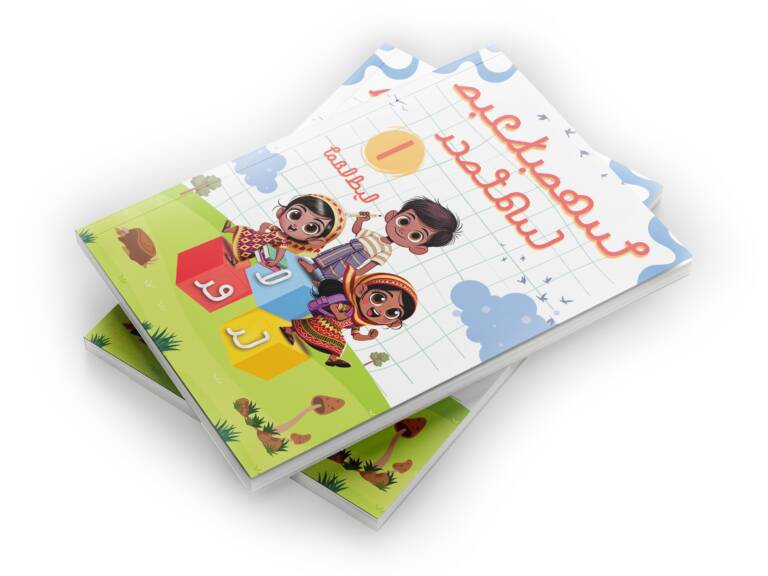
Rohingya Bunyad 2
(kindergarten 2)Building on the first book, this level expands vocabulary and introduces simple sentence structures in the Rohingya language. It nurtures curiosity with short lessons on colors, animals, and nature while reinforcing good manners and basic Islamic practices. Through storytelling and guided questions, children begin developing critical thinking and a sense of belonging in their culture.
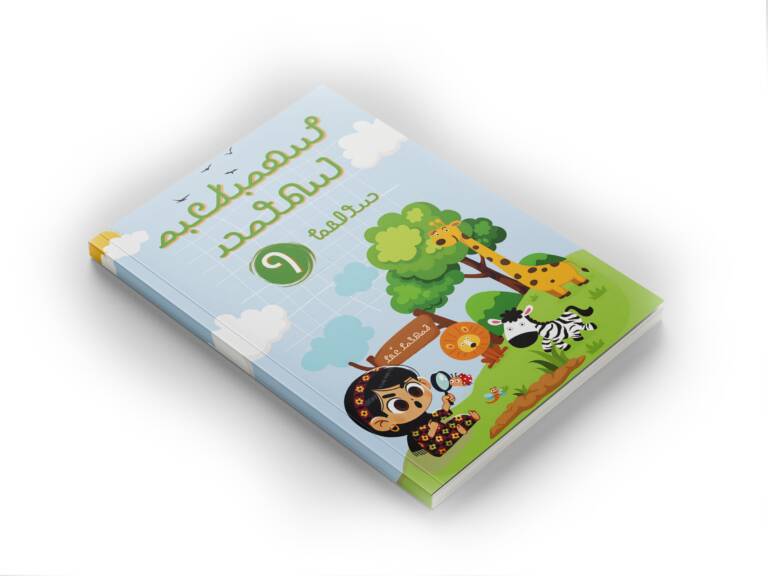
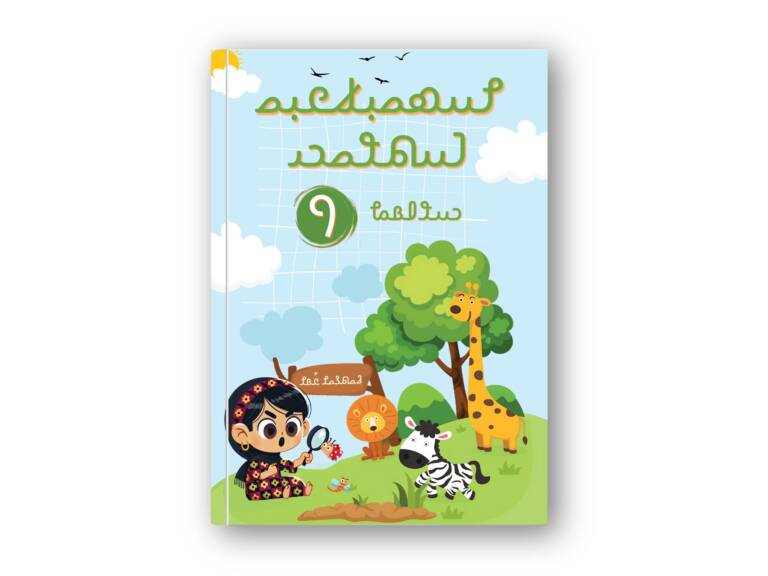
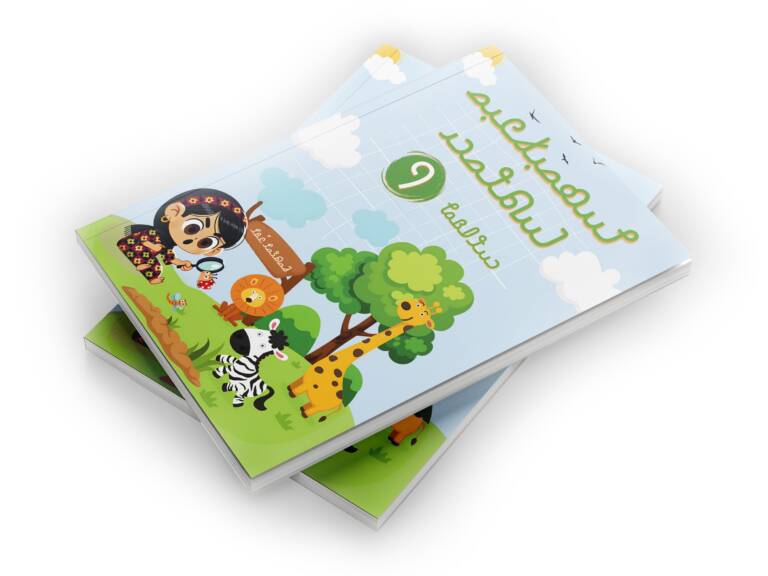
Rohingya Nesab 1
(Grade 1)This book introduces children to the wider world around them—home, school, and the environment—using simple reading passages and illustrations. Lessons in ethics and spirituality encourage empathy, honesty, and gratitude. Students practice early reading and writing in Rohingya, while exploring heritage through songs, traditional clothing, and basic history. The book also introduces simple problem-solving activities to strengthen thinking skills.
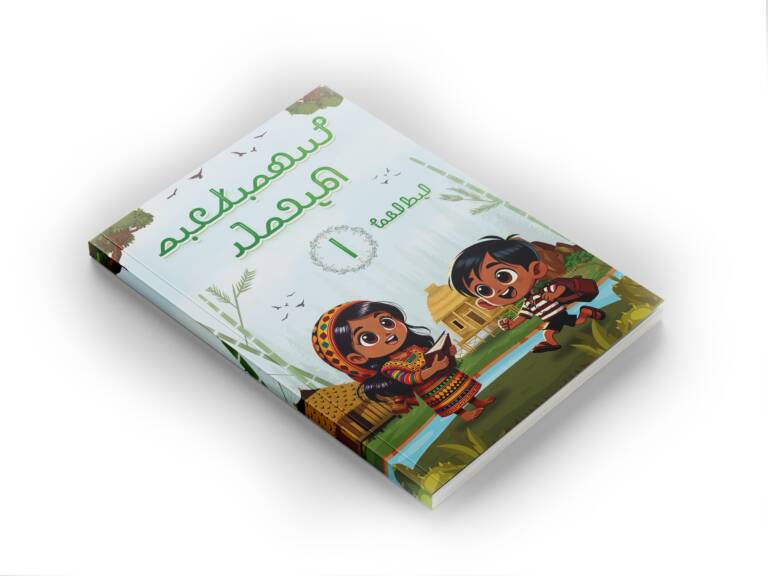
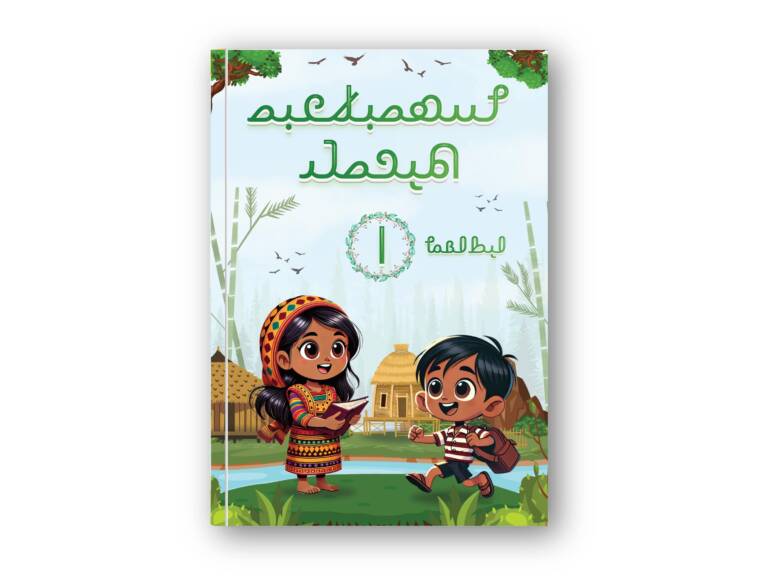

Rohingya Nesab 2
(Grade 2)At this level, students deepen their language skills and begin forming complete sentences in Rohingya. They learn about historical figures and places important to their heritage, while basic Islamic teachings support their moral development. Lessons introduce maps, simple geography, and community roles. The book also develops leadership traits like teamwork, responsibility, and confidence through activities and reflections.
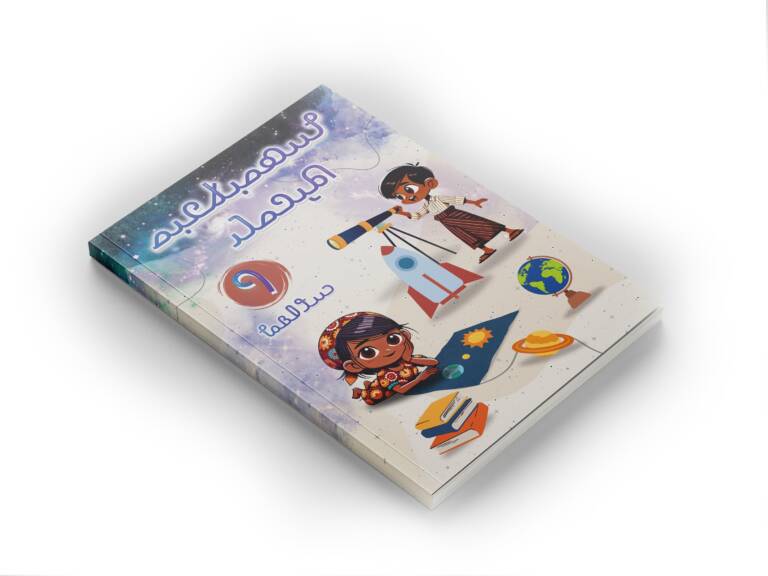
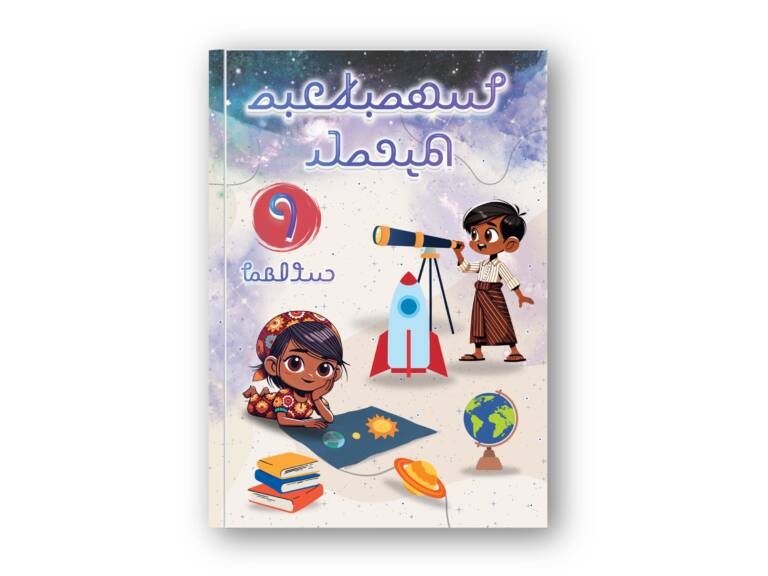
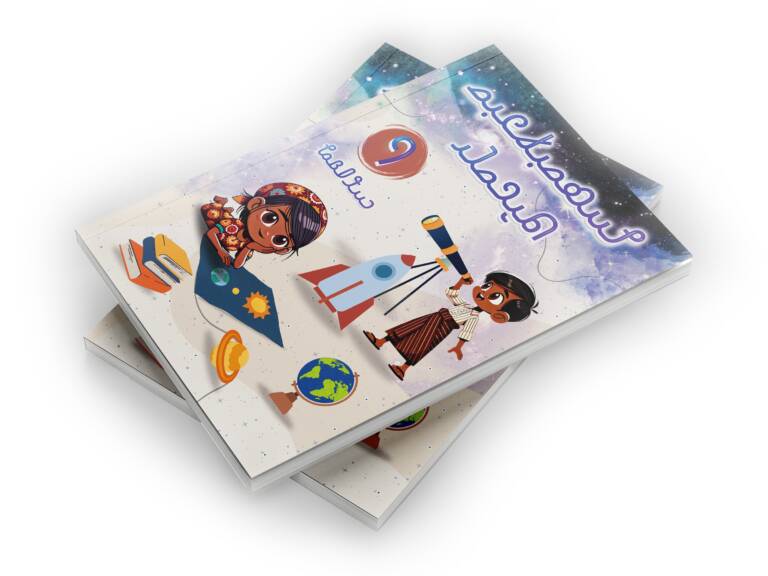
Rohingya Nesab 3
(Grade 3)This book helps students explore their cultural roots and identity more deeply. They learn to read short stories and answer comprehension questions in Rohingya, enhancing language and thinking skills. Moral lessons are reinforced through Quranic stories and real-life examples. Students also gain knowledge of global cultures, basic science facts, and critical thinking strategies. Leadership and problem-solving are developed through classroom discussions and small projects.
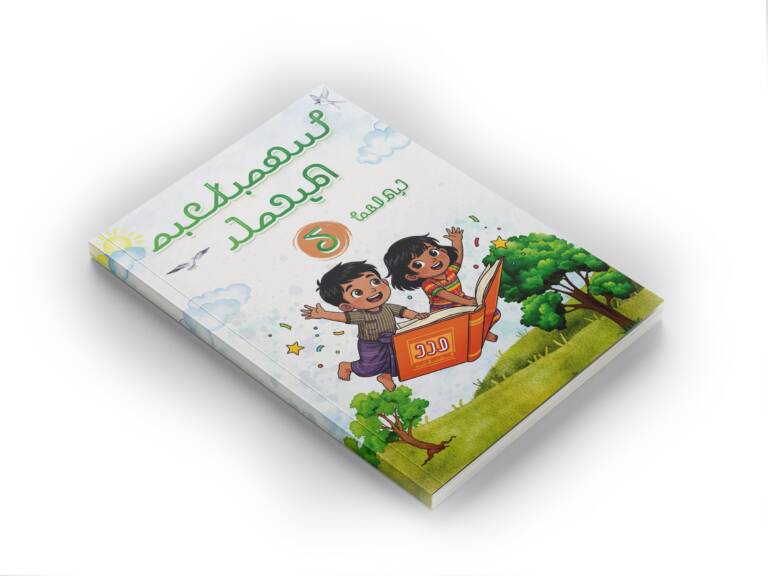
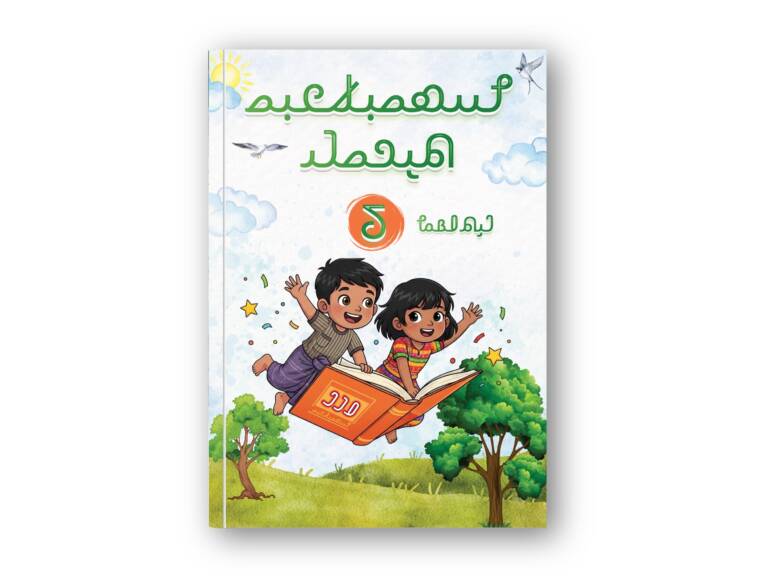
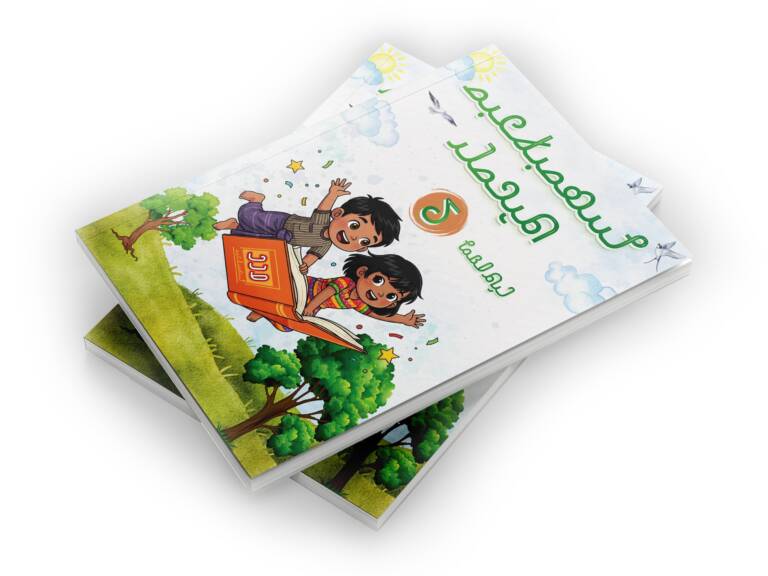
Rohingya Nesab 4
(Grade 4)This level strengthens students’ academic foundation while focusing on leadership, identity, and ethics. Children engage in more advanced reading, writing, and grammar exercises in Rohingya. Lessons on Rohingya history and geography help build national pride and awareness. Islamic teachings continue to provide a strong moral base. Through case studies, role play, and group tasks, students begin practicing leadership, decision-making, and community involvement.
